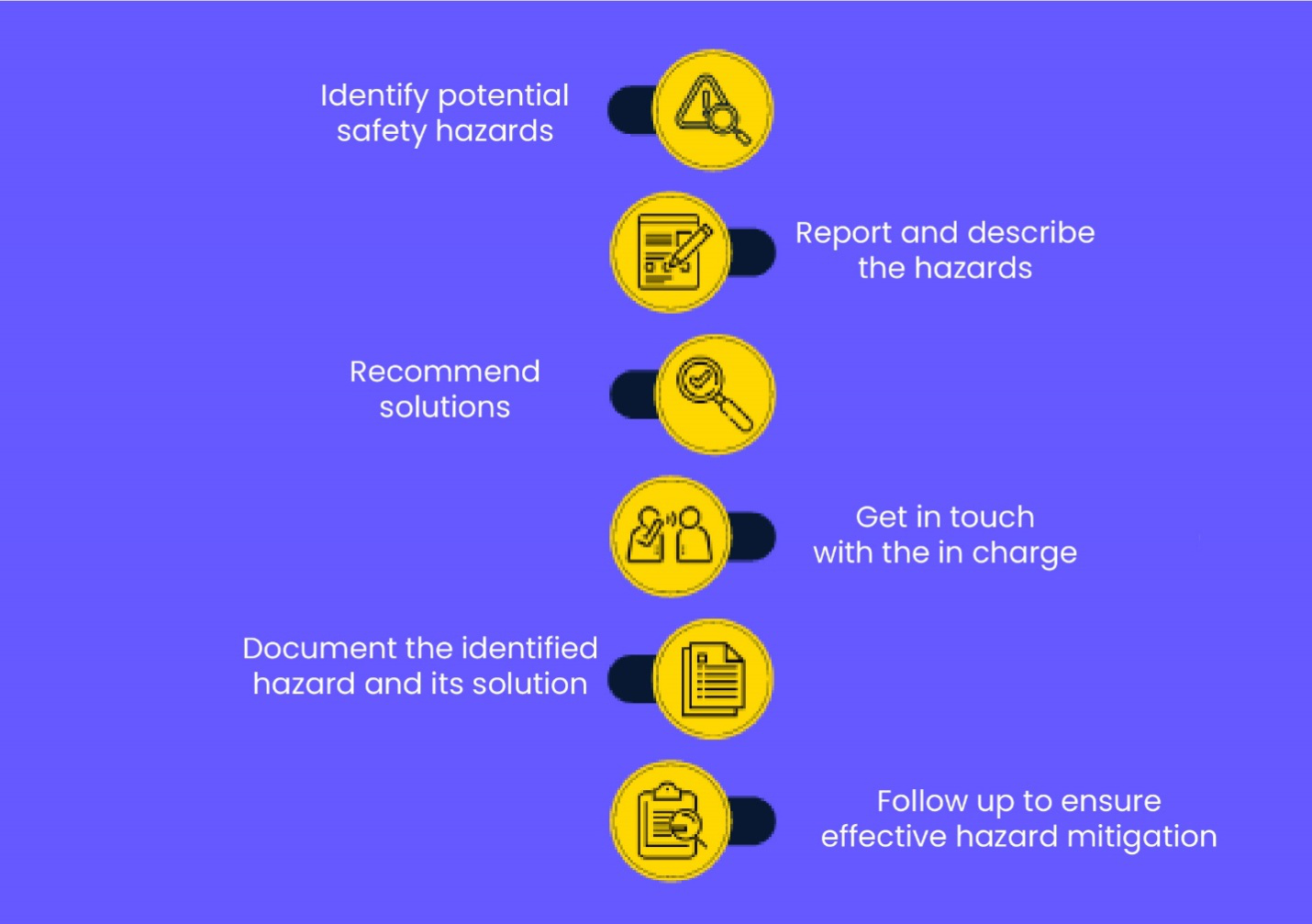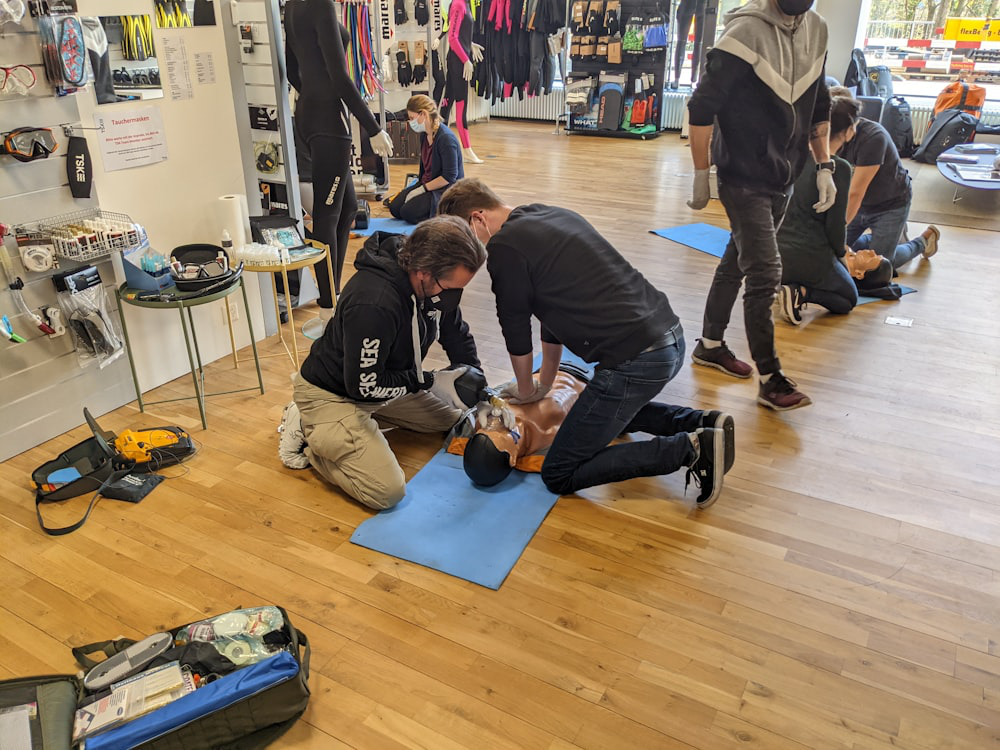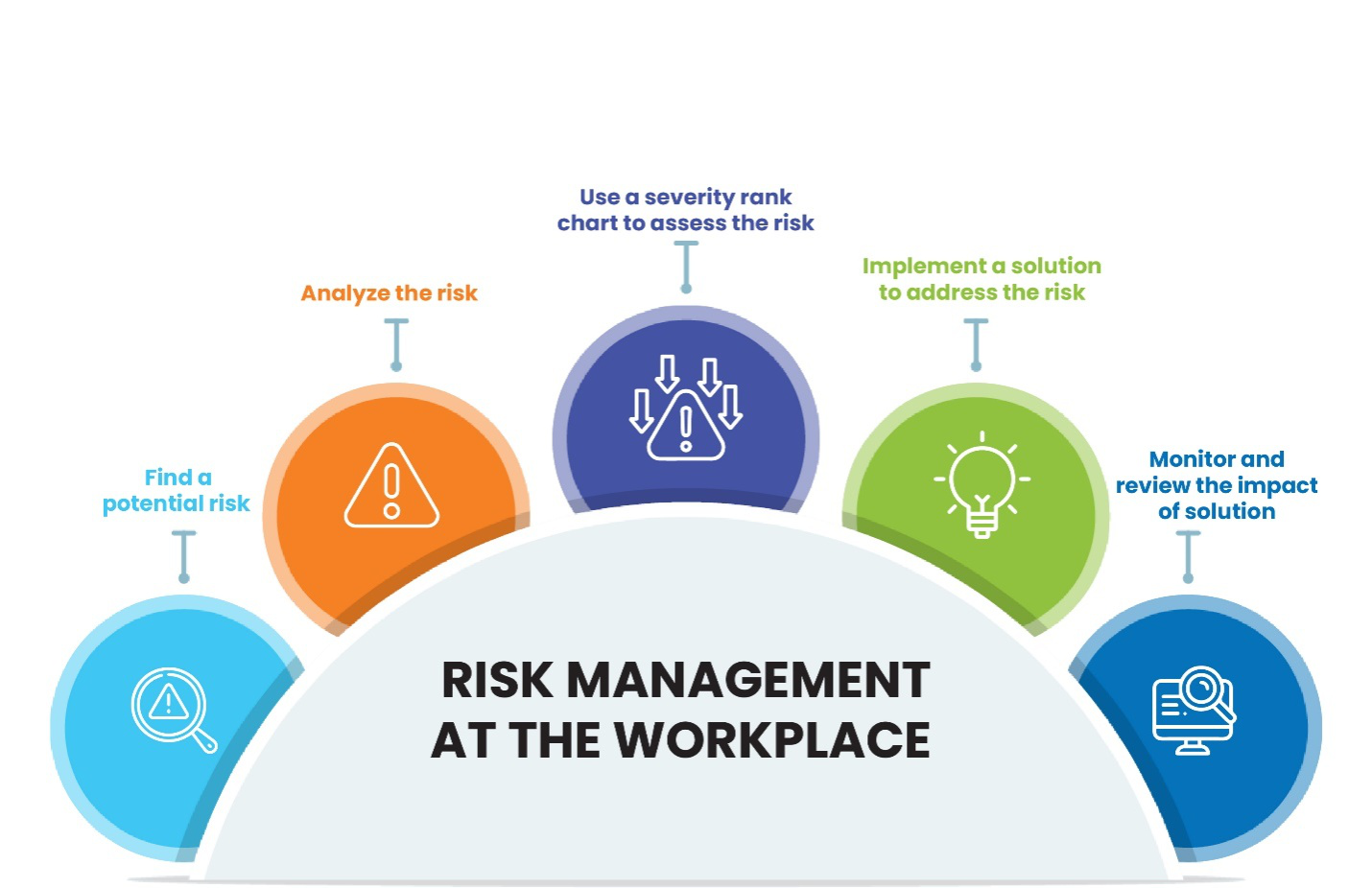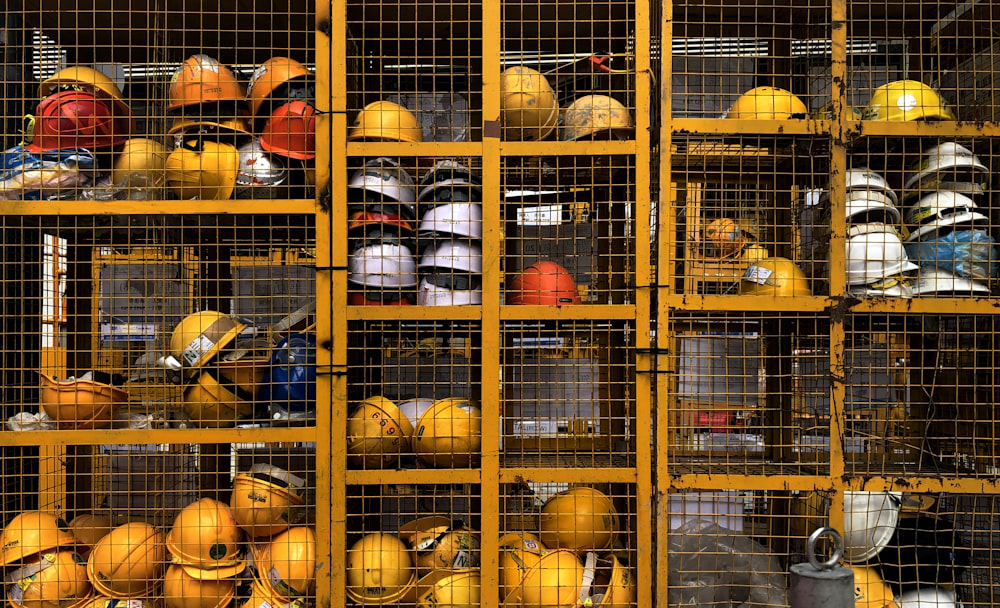Prioritizing safety isn’t just about having a well-stocked first aid kit or posting warning signs. It’s about instilling a culture where safety is woven into the fabric of daily operations—a culture that goes beyond mere compliance and embraces proactive measures to prevent accidents and protect employees’ well-being.
Welcome to the world of workplace safety culture, where the emphasis is on prevention rather than reaction.
Understanding Workplace Safety Culture
A workplace safety culture encompasses the attitudes, beliefs, and behaviors of everyone in the organization, from top management to frontline employees. It’s about fostering an environment where safety is valued as an integral part of the business, not just a regulatory requirement.
In a strong safety culture, safety is everyone’s responsibility, and individuals are empowered to identify hazards, report near misses, and take proactive steps to mitigate risks.
1. Promoting Safety Awareness
One of the cornerstones of a robust safety culture is promoting awareness of potential hazards and risks. This involves ongoing communication and education initiatives to ensure that employees are well-informed about safety protocols, procedures, and best practices.
Regular safety meetings, toolbox talks, and training sessions can help reinforce the importance of safety and keep it at the forefront of employees’ minds.
Regular Safety Training Sessions
Conduct regular safety training sessions, including Operational First Aid Level 1 in Surrey and OFA Level 2 courses in Vancouver, to educate employees about potential hazards and best practices for maintaining a safe work environment.
These sessions provide essential knowledge and skills to respond effectively to emergencies and prevent accidents.
Toolbox Talks and Safety Meetings
Organize toolbox talks and safety meetings to facilitate open discussions about safety protocols, procedures, and recent incidents.
Encourage employees to share their experiences, concerns, and ideas for improving safety. By promoting dialogue and collaboration, organizations can enhance safety awareness and foster a culture of shared responsibility.
Utilize Multimedia Resources
Enhance safety awareness by utilizing multimedia resources such as videos, presentations, and online modules. These resources can complement traditional training methods and engage employees with interactive content that highlights key safety concepts and practices. Incorporate information about First Aid courses in Vancouver and Fall Protection courses in Surrey to emphasize the importance of preparedness and risk mitigation.
Visual Safety Reminders
Use visual cues and signage throughout the workplace to remind employees of safety protocols and procedures. Posters, banners, and safety signs can serve as constant reminders to remain vigilant and adhere to safety guidelines.
Incorporate information about Operational First Aid Level 3 and Pro Renewal and Confined Space Safety for Monitors and Entrants to reinforce the importance of specialized training for specific hazards.
2. Encouraging Open Communication
Effective communication is essential for fostering a culture of safety. Employees should feel comfortable speaking up about safety concerns, reporting hazards, and sharing ideas for improvement.
A culture of open communication creates an environment where everyone feels valued and empowered to contribute to the collective goal of maintaining a safe workplace.
Speaking up about safety concerns, reporting hazards, and sharing ideas for improvement are essential components of fostering a strong safety culture within an organization. Here’s a breakdown of each aspect:
Speaking Up About Safety Concerns
Encouraging employees to speak up about safety concerns involves creating an environment where individuals feel comfortable expressing their observations, questions, or apprehensions related to safety. This can range from identifying potential hazards in the workplace to raising concerns about unsafe practices or equipment.
Reporting Hazards
Reporting hazards involves promptly notifying supervisors, safety personnel, or designated safety committees about any unsafe conditions, incidents, or near misses encountered in the workplace. By reporting hazards, employees help ensure that appropriate action is taken to mitigate risks and prevent accidents or injuries.
Sharing Ideas for Improvement
Encouraging employees to share ideas for improvement involves soliciting their input and suggestions for enhancing safety practices, procedures, or systems. This could include proposing innovative solutions to address recurring safety issues, suggesting improvements to existing safety protocols, or recommending new safety initiatives or training programs.
3. Implementing Effective Training Programs
Training is a cornerstone of any successful safety culture. From basic first aid courses in Vancouver to specialized OFA courses in Surrey, providing employees with the knowledge and skills they need to work safely is essential.
Operational First Aid Level 1 equips individuals with foundational first-aid skills, while OFA Level 2 and Operational First Aid Level 3 provide more advanced training for handling emergencies. Additionally, specialized courses such as Fall Protection in Surrey and Confined Space Safety for Monitors and Entrants ensure that workers are prepared to navigate specific hazards safely.
4. The Role of Leadership
Leadership plays a crucial role in shaping and sustaining a safety culture. When leaders prioritize safety, employees are more likely to follow suit. Managers and supervisors should lead by example, demonstrating a commitment to safety through their actions and decisions.
They should also actively engage with employees on safety matters, soliciting feedback, addressing concerns, and recognizing contributions to safety.
5. Fostering Accountability
In a strong safety culture, accountability is key. Employees should understand the consequences of unsafe behavior and be held accountable for their actions. This includes recognizing and rewarding safe behavior, as well as addressing unsafe behavior through corrective action when necessary.
By holding everyone accountable for safety, organizations can create an environment where safety is non-negotiable.
6. Continuous Improvement
Building a safety culture is an ongoing process that requires continuous effort and improvement. Organizations should regularly evaluate their safety programs, policies, and procedures to identify areas for enhancement. This may involve conducting safety audits, soliciting feedback from employees, and benchmarking against industry best practices.
Safety Audits and Inspections
Regular safety audits and inspections help identify potential hazards, assess the effectiveness of safety measures, and ensure compliance with regulations. By conducting thorough audits, organizations can proactively address safety deficiencies and implement corrective actions to enhance workplace safety.
Employee Feedback Mechanisms
Establishing channels for employees to provide feedback on safety-related issues is crucial for continuous improvement.
Encourage workers to report hazards, near misses, and safety concerns through anonymous reporting systems, suggestion boxes, or regular safety meetings. Analyzing and acting upon employee feedback demonstrates a commitment to safety and fosters a culture of collaboration and accountability.
Incident Investigation and Analysis
When incidents occur, it’s essential to conduct thorough investigations to determine root causes and prevent recurrence. Implement a structured incident investigation process that involves collecting data, analyzing contributing factors, and identifying corrective actions.
By learning from past incidents, organizations can proactively address underlying safety issues and prevent future accidents.
Training and Education Programs
Invest in ongoing training and education programs to ensure that employees remain up-to-date on safety procedures and best practices.
Offer refresher courses, workshops, and seminars on relevant safety topics to reinforce key concepts and promote continuous learning. By investing in employee development, organizations empower their workforce to actively contribute to the improvement of safety culture.
Benchmarking Against Industry Standards
Compare your organization’s safety performance against industry benchmarks and best practices to identify areas for improvement.
Participate in industry associations, attend conferences, and engage with safety professionals to stay informed about emerging trends and developments in safety management. Benchmarking allows organizations to set realistic goals, track progress, and strive for excellence in safety performance.
Leadership Involvement and Support
Engage leadership at all levels in the continuous improvement process.
Encourage executives, managers, and supervisors to actively participate in safety initiatives, provide resources and support, and lead by example. Leadership involvement demonstrates a commitment to safety excellence and encourages employees to take ownership of safety culture improvement efforts.
Regular Review and Revision of Policies and Procedures
Periodically review and update safety policies, procedures, and protocols to reflect changes in regulations, industry standards, and organizational needs.
Solicit input from stakeholders across the organization to ensure that safety measures are practical, effective, and aligned with the organization’s goals and objectives.
Regularly reviewing and revising policies and procedures demonstrates a commitment to continuous improvement and ensures that safety practices remain relevant and robust over time.
Taking Action with Metro Safety Training
At Metro Safety Training, we understand the importance of fostering a comprehensive workplace safety culture. That’s why we offer a wide range of training programs designed to equip employees with the skills and knowledge they need to work safely in any environment.
From first aid courses in Vancouver to specialized OFA courses in Surrey, our expert-led training sessions provide practical insights and hands-on experience to help organizations build a safety-conscious culture from the ground up.
Let Metro Safety Training in BC Boost Your Workplace’s Safety Culture
Take the next step towards building a safer workplace with Metro Safety Training. Contact us today to learn more about our training programs and how we can help you create a culture of safety that protects your most valuable asset—your employees.












